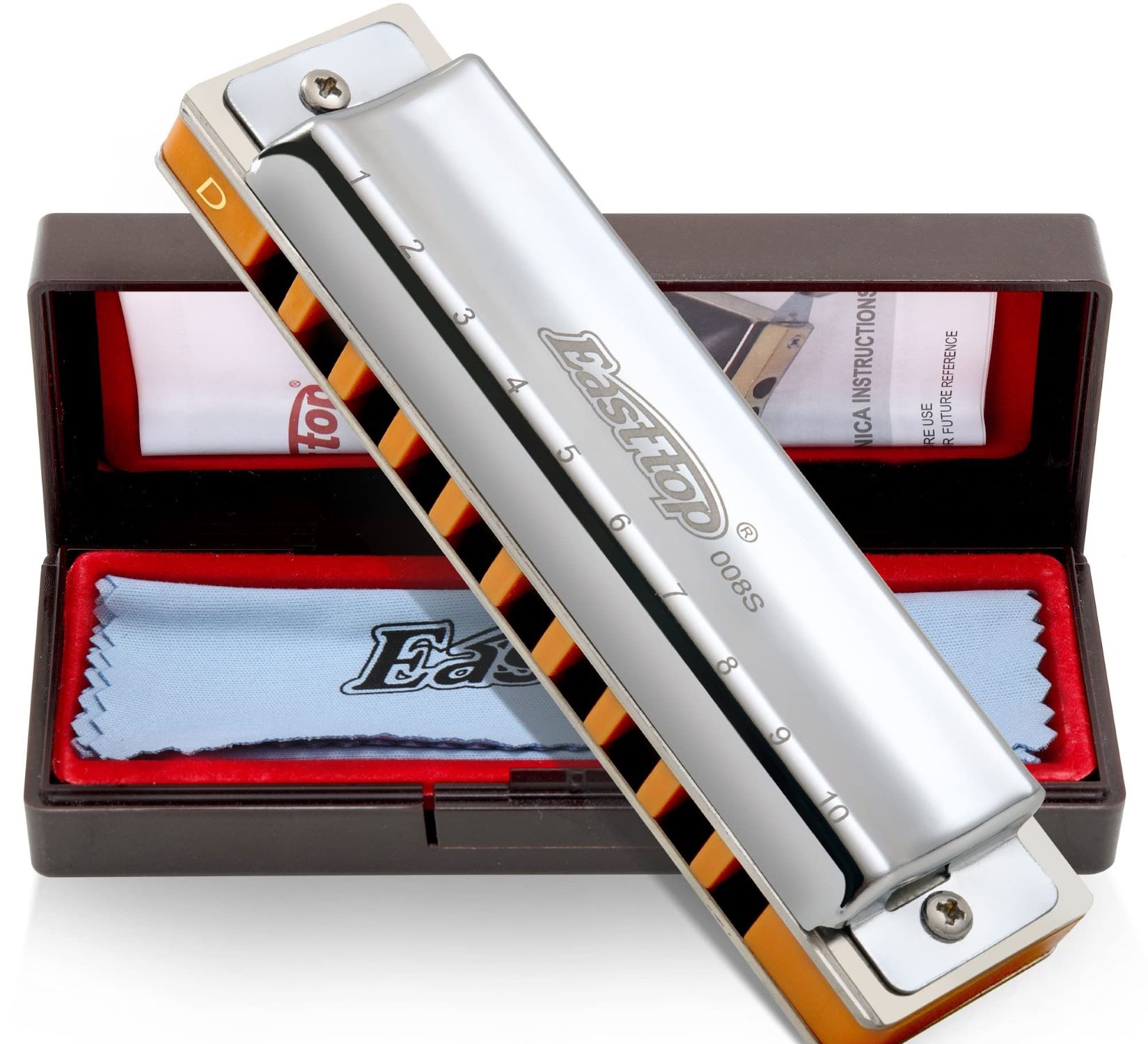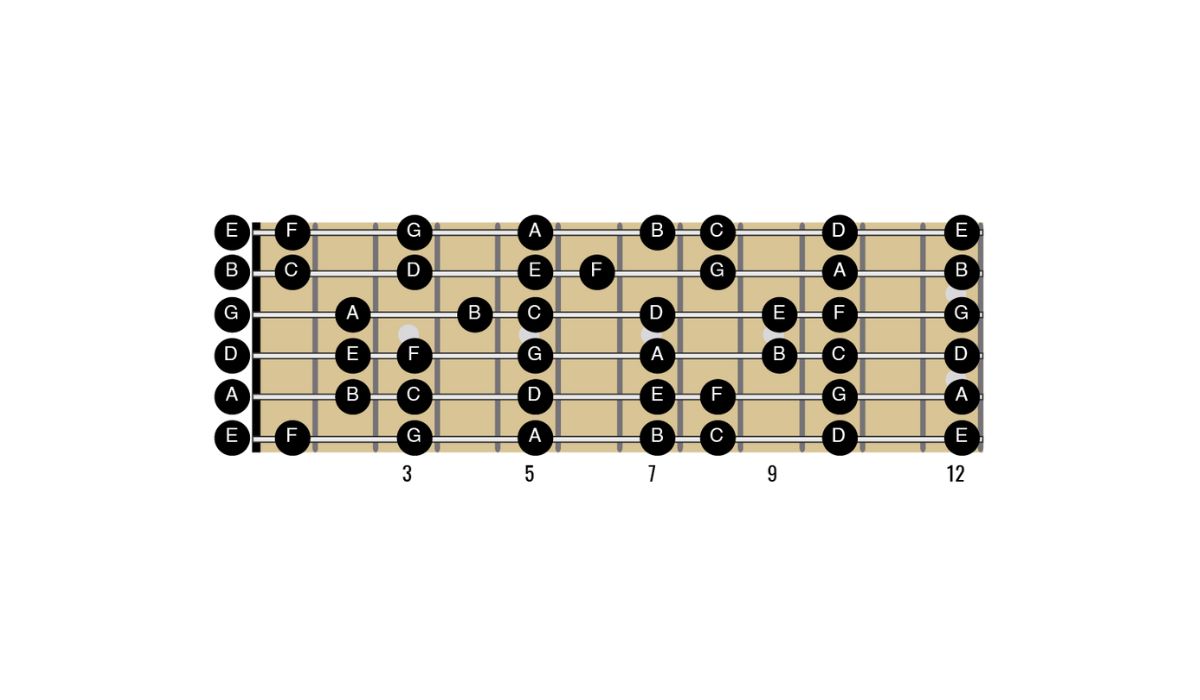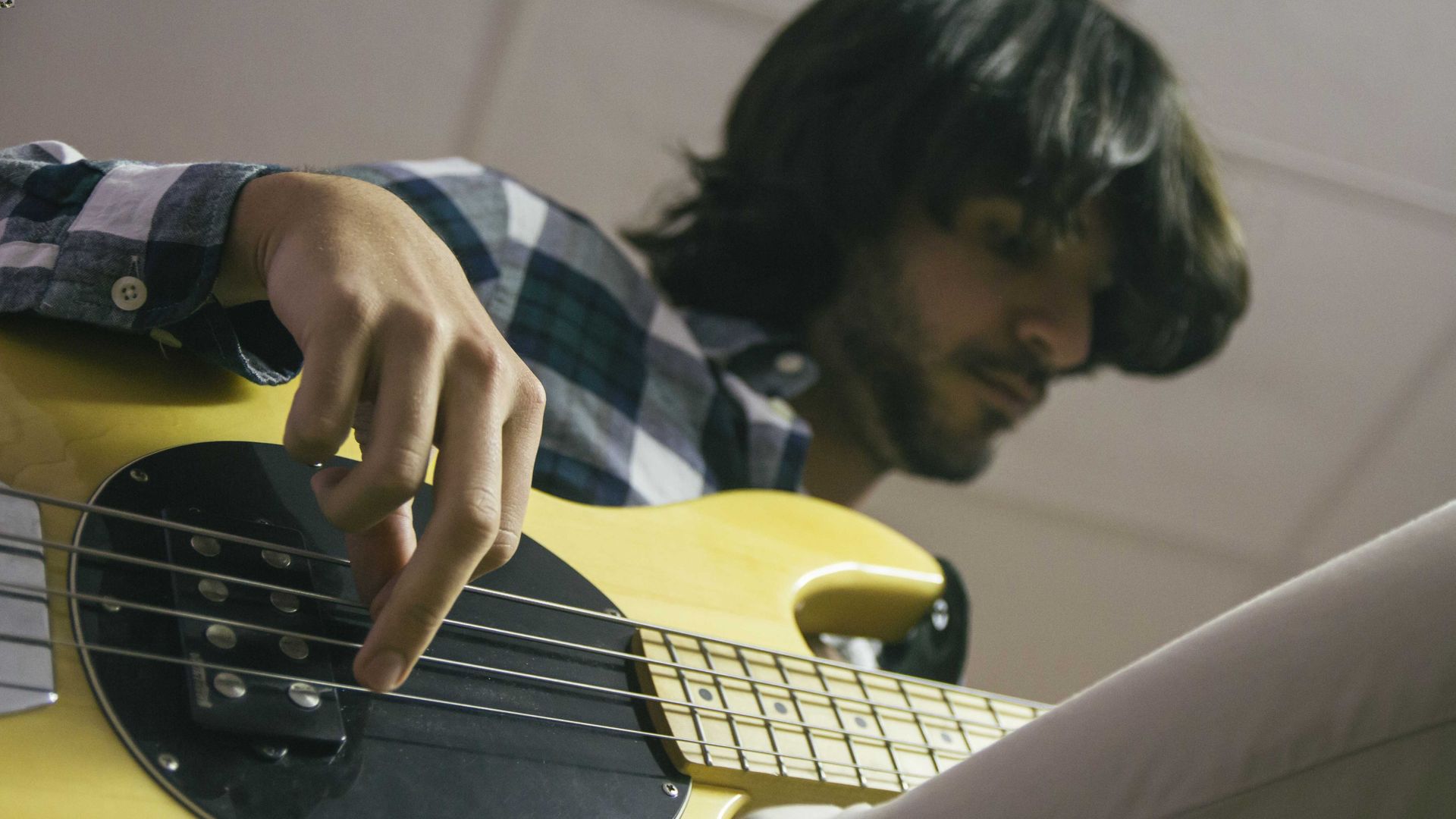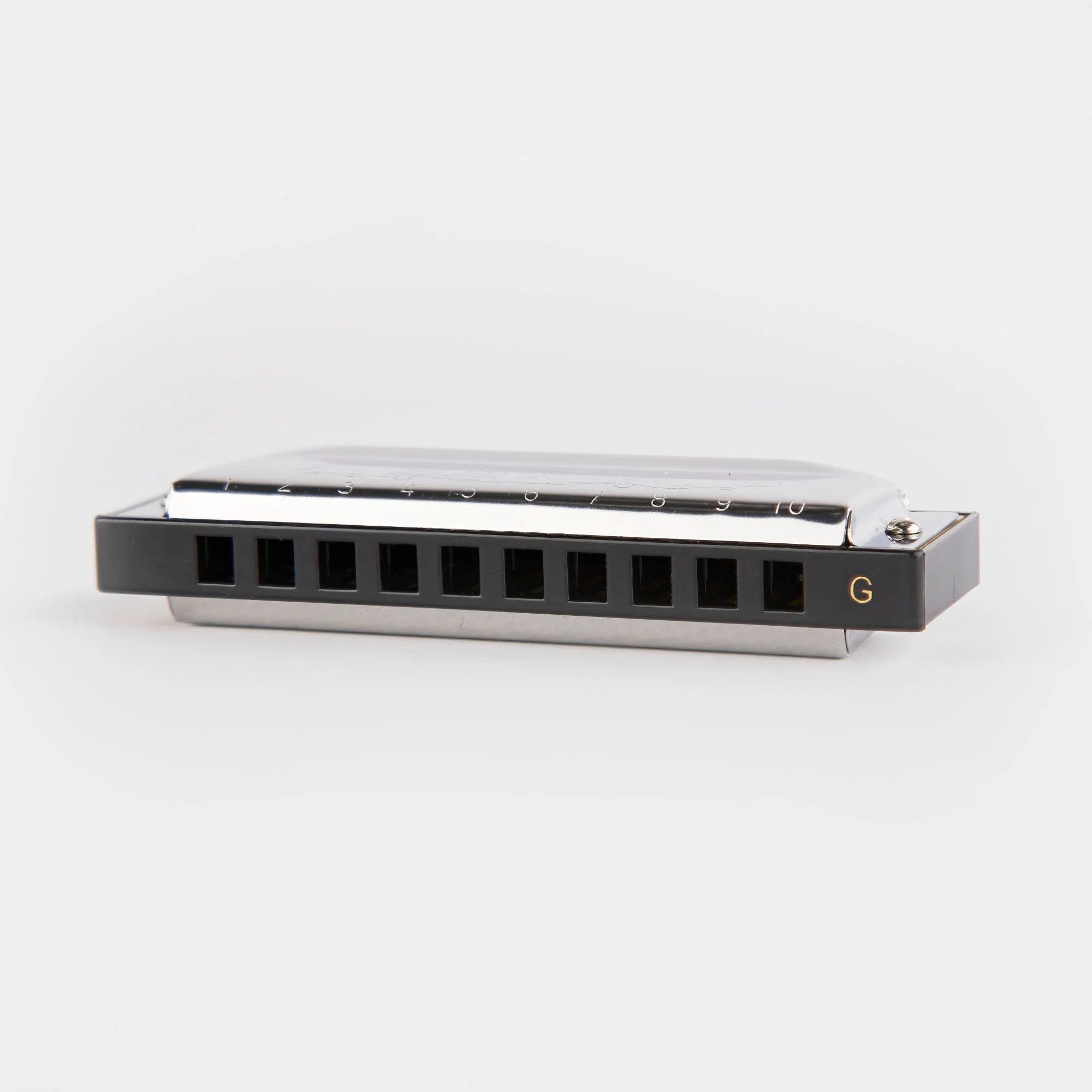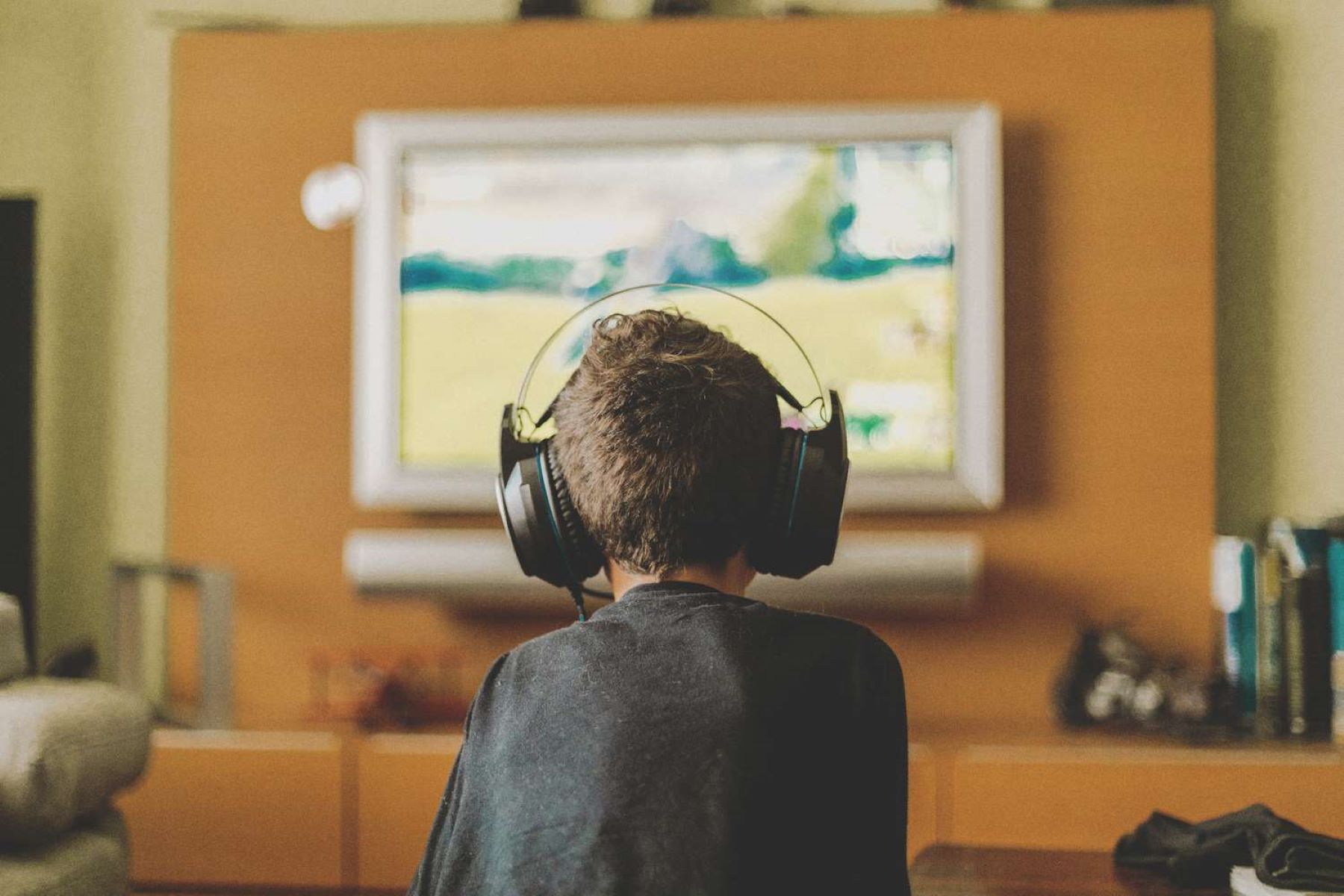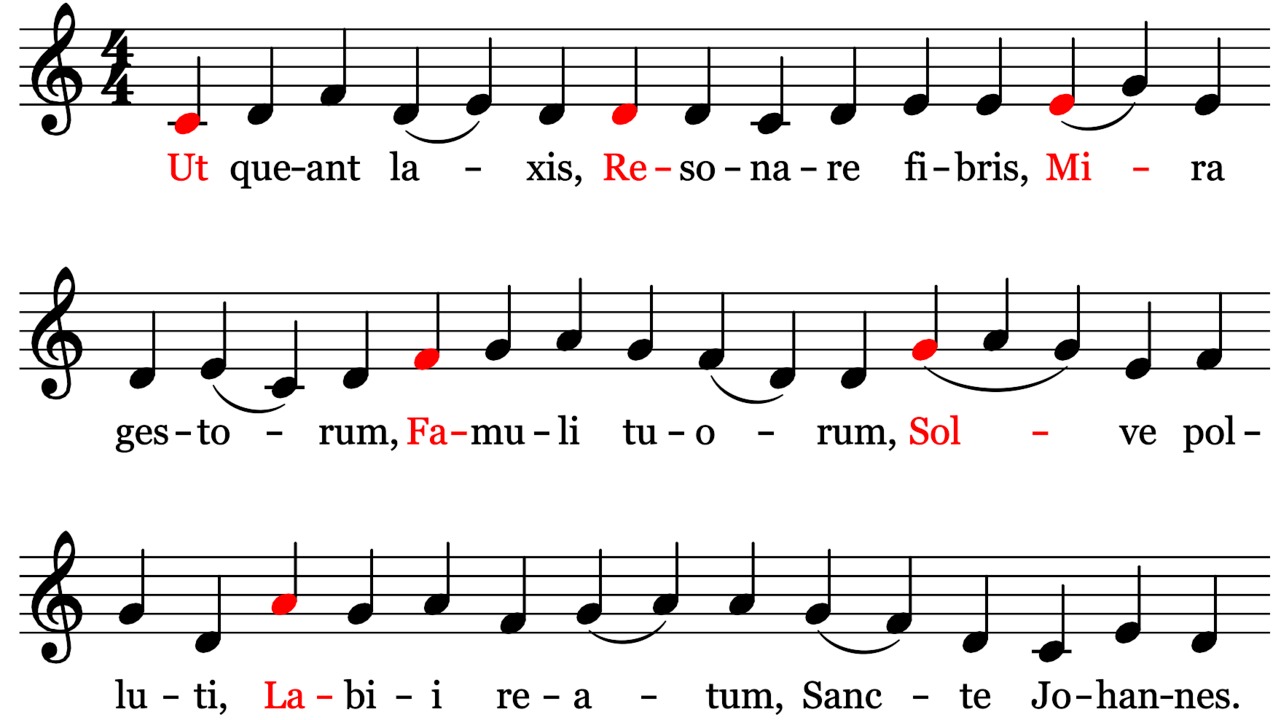Home>Instruments>Harmonica>How To Play One Note On Harmonica
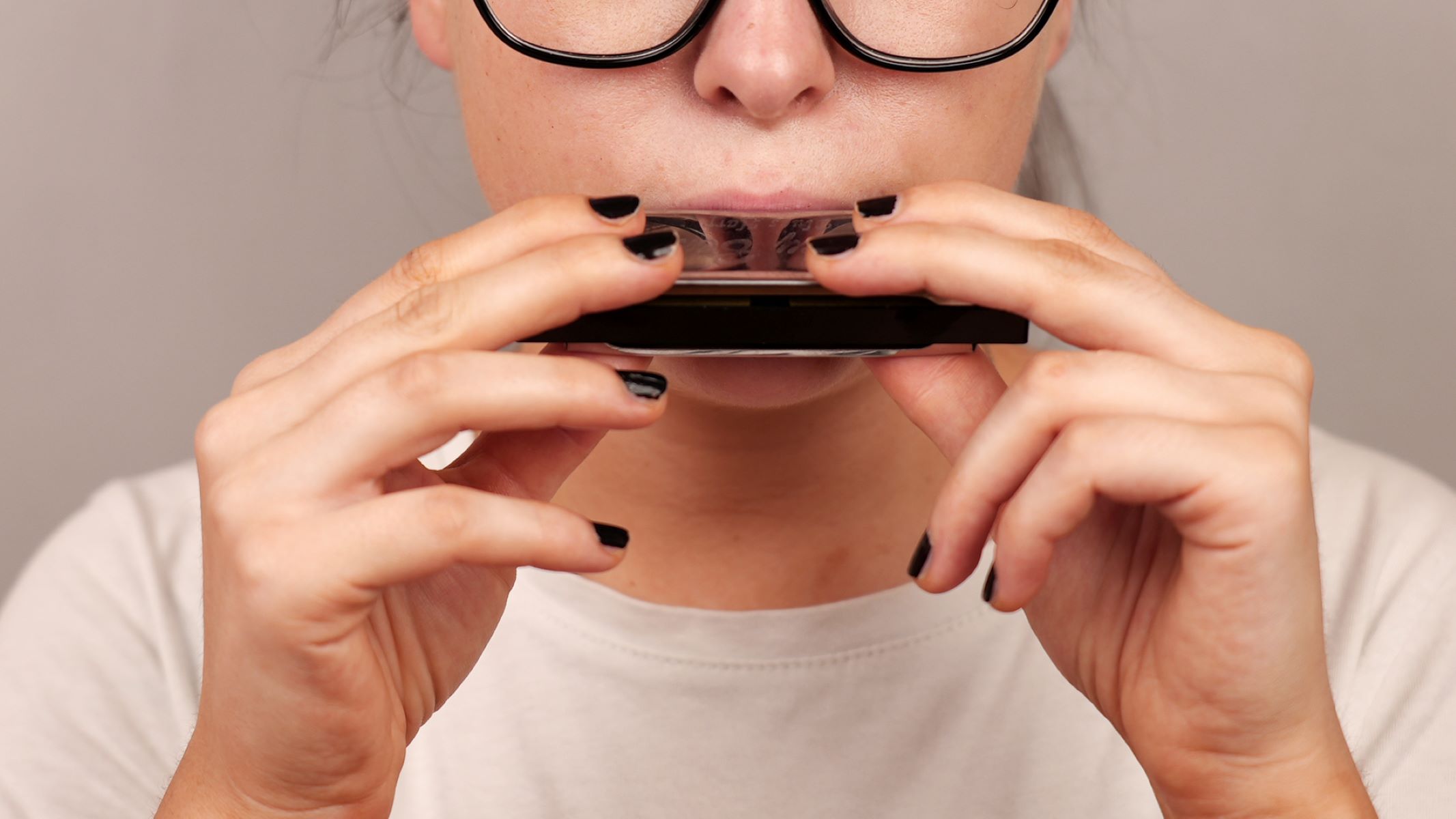

Harmonica
How To Play One Note On Harmonica
Published: February 2, 2024
Learn how to play a single note on the harmonica with our step-by-step guide. Master the harmonica quickly and start playing your favorite tunes!
(Many of the links in this article redirect to a specific reviewed product. Your purchase of these products through affiliate links helps to generate commission for AudioLover.com, at no extra cost. Learn more)
Table of Contents
Introduction
Welcome to the world of harmonicas! The harmonica, also known as the mouth organ or harp, is a small and versatile musical instrument. With its rich history and distinct sound, the harmonica has captured the hearts of musicians and listeners alike. Whether you’re a beginner or an experienced player, learning how to play the harmonica can be a rewarding and enjoyable experience.
In this article, we will guide you through the process of playing a single note on the harmonica. Mastering this technique is the foundation for playing melodies, chords, and complex harmonica solos. So, grab your harmonica, and let’s get started!
Before we dive into the steps, it’s important to note that there are various types of harmonicas available, such as diatonic and chromatic harmonicas. For the purpose of this article, we will focus on the most common type, the diatonic harmonica. It consists of ten holes and is often tuned to a specific key.
Playing the harmonica requires basic knowledge of breath control, tongue placement, and hand positioning. So, even if you’re new to the harmonica, don’t worry! With practice and persistence, you’ll soon be able to create beautiful music with your harmonica.
Step 1: Getting Familiar with the Harmonica
Before we begin playing a single note on the harmonica, it’s important to get familiar with the instrument and understand its basic components.
The harmonica consists of a body, which is usually made of metal or plastic, and a comb. The comb is the main part of the harmonica that contains the reed plates and air chambers. The reed plates consist of small metal reeds that vibrate when you blow or draw air through them, producing sound.
Take a moment to examine your harmonica closely. Notice the ten holes on the front, and flip it over to see the backside. You’ll find numbers near each hole, which represent the different notes that can be played. If you’re holding the harmonica with the numbers facing up, the holes nearest to you are the lower notes, while the holes furthest away are the higher notes.
Next, familiarize yourself with the hole layout. The first four holes are often referred to as the “blow” notes, while the next four holes are the “draw” notes. The remaining two holes on each side are usually used for bending and creating special effects.
Finally, take note of any markings or indicators on your harmonica, such as the key of the harmonica or the brand logo. These details can help you identify your harmonica and find appropriate instructional resources.
By taking the time to get familiar with your harmonica, you’ll have a better understanding of how it works and be better prepared for the next steps in your harmonica journey.
Step 2: Holding the Harmonica Correctly
Properly holding the harmonica is essential for achieving optimal sound quality and ease of play. Follow these steps to hold the harmonica correctly:
- Hold the harmonica in one hand with the numbered side facing towards you, and the cover plates facing upwards.
- Place your thumb on the back of the harmonica, making sure it is centered between the two ends.
- Your index, middle, and ring fingers should rest gently on top of the harmonica, slightly curved to provide stability.
- With your other hand, use your thumb and index finger to form a small “V” shape. This will serve as a guide to position your harmonica when playing.
- Align the “V” shape with the harmonica, placing the bottom of the “V” between two holes on the harmonica.
- Position your lips over the harmonica so that they cover the desired hole(s) for the note you want to play. Make sure there is a tight seal between your lips and the harmonica.
Remember to keep your hands relaxed and flexible. Avoid gripping the harmonica too tightly, as this can restrict your airflow and hinder your ability to play smoothly.
Properly holding the harmonica allows for better control of your embouchure (lip position) and ensures that the sound is focused and clear. It may take some practice to find the most comfortable and effective hand position, so be patient and experiment with different grip styles until you find what works best for you.
Step 3: Proper Mouth Positioning
Now that you have a good grasp on holding the harmonica, let’s focus on proper mouth positioning. This is crucial for producing the desired sound and playing a single note smoothly.
Follow these steps to achieve the correct mouth positioning:
- Relax your jaw and keep your mouth slightly open. Avoid clenching your teeth or biting down on the harmonica.
- Position the harmonica towards the back of your mouth, with the front edge touching your lower lip.
- Keep your tongue flat and relaxed, resting below the harmonica. Note that the position of your tongue may vary depending on the note you want to play.
- Focus your breath directly onto the desired hole by directing the air from your diaphragm (the muscle beneath your lungs). This will ensure a steady and controlled airflow.
- Experiment with different tongue positions and mouth shapes to create different sounds and effects. For example, raising the back of your tongue can produce a deeper, more resonant tone.
It’s important to note that different playing techniques, such as bending and vibrato, may require slight adjustments in mouth positioning. As you progress in your harmonica journey, you’ll develop a better understanding of how to manipulate your mouth to achieve different sounds and techniques.
Remember to maintain a relaxed and natural position when playing the harmonica. Tension in your mouth or jaw can affect your ability to control the sound and play with ease. With practice, you’ll develop muscle memory and find the mouth positioning that works best for you.
Step 4: Creating a Single Note Sound
Now that you have mastered the proper hand and mouth positioning, it’s time to learn how to create a single note sound on the harmonica. This is a fundamental skill that will serve as the building block for playing melodies and songs.
Follow these steps to create a clear and distinct single note sound:
- Select a hole on the harmonica where you want to produce a note. Start with the first hole (blow note) for simplicity.
- Place your mouth over the desired hole, ensuring a tight seal between your lips and the harmonica. Make sure to cover the hole completely with your lips.
- Inhale or exhale gently, using controlled breath. The airflow should be directed solely into the selected hole.
- Focus on producing a clean and isolated sound from the chosen hole. Avoid unintentionally playing neighboring holes or creating multiple notes simultaneously.
- Experiment with adjusting your mouth shape and the pressure of your breath to find the optimal position for creating a clear single note sound.
Practice playing each hole individually, starting from the first hole and gradually progressing to the higher holes. Take your time to develop a consistent and controlled airflow, allowing each note to ring out clearly.
Remember, it is normal to encounter some challenges initially, such as accidentally playing multiple notes or struggling to produce a clear sound. Don’t get discouraged! With regular practice and patience, you’ll improve your ability to create single notes and master playing different melodies on the harmonica.
Step 5: Practicing Your Single Note Technique
Now that you have learned how to create a single note sound, it’s time to hone your skills through dedicated practice. Practicing regularly will help you improve your precision, control, and musicality on the harmonica.
Here are some tips to make the most of your practice sessions:
- Start by practicing playing each individual hole, focusing on producing clear and distinct single notes. Take your time to ensure the accuracy of each note before moving on to the next one.
- Use a metronome or play along with a backing track to develop your sense of rhythm and timing. This will help you play in time with other musicians and enhance your overall musicality.
- Experiment with different techniques, such as tongue blocking or puckering, to produce different tones and effects. This will expand your range of expression on the instrument.
- Practice playing scales, arpeggios, and simple melodies to improve your finger coordination and dexterity. Start slow and gradually increase the tempo as you become more comfortable.
- Record yourself while practicing to listen back and assess your progress. This will help you identify areas for improvement and track your development over time.
- Seek feedback and guidance from experienced harmonica players or take lessons from a qualified instructor. They can provide valuable insights, correct any mistakes, and offer personalized tips to enhance your playing.
- Don’t forget to have fun! Playing the harmonica should bring you joy and allow you to express yourself creatively. Explore different genres and styles of music to keep your practice sessions engaging and enjoyable.
Consistency and dedication are key when it comes to improving your harmonica skills. Aim to practice for at least 15-30 minutes every day or a few times a week to maintain steady progress.
Remember, learning the harmonica is a journey, and it’s important to enjoy every step along the way. Embrace the process, celebrate your achievements, and keep pushing yourself to new heights as you continue to explore and expand your musical abilities on the harmonica.
Conclusion
Congratulations on completing this comprehensive guide on playing a single note on the harmonica! You now have a solid foundation to build upon as you continue to develop your harmonica skills.
Remember, learning any musical instrument, including the harmonica, takes time, patience, and practice. As you progress, don’t be afraid to challenge yourself with more complex melodies, techniques, and improvisation.
Continue to explore different genres of music, experiment with various playing styles, and seek inspiration from accomplished harmonica players. The harmonica is a versatile instrument that can be used in blues, folk, jazz, rock, and many other genres.
Additionally, always strive for consistency in your practice routine. Dedicate regular time to honing your skills and refining your playing technique. With perseverance and persistence, you’ll be amazed at how far you can progress.
Don’t forget to enjoy the process and have fun while playing the harmonica. Music is a beautiful form of self-expression, and the harmonica allows you to share your unique voice with the world.
So keep practicing, exploring new possibilities, and embracing the joy of creating music with your harmonica. Whether you play for yourself, entertain friends and family, or perform on a stage, your harmonica skills will continue to grow and bring delight to those who listen. Happy playing!

